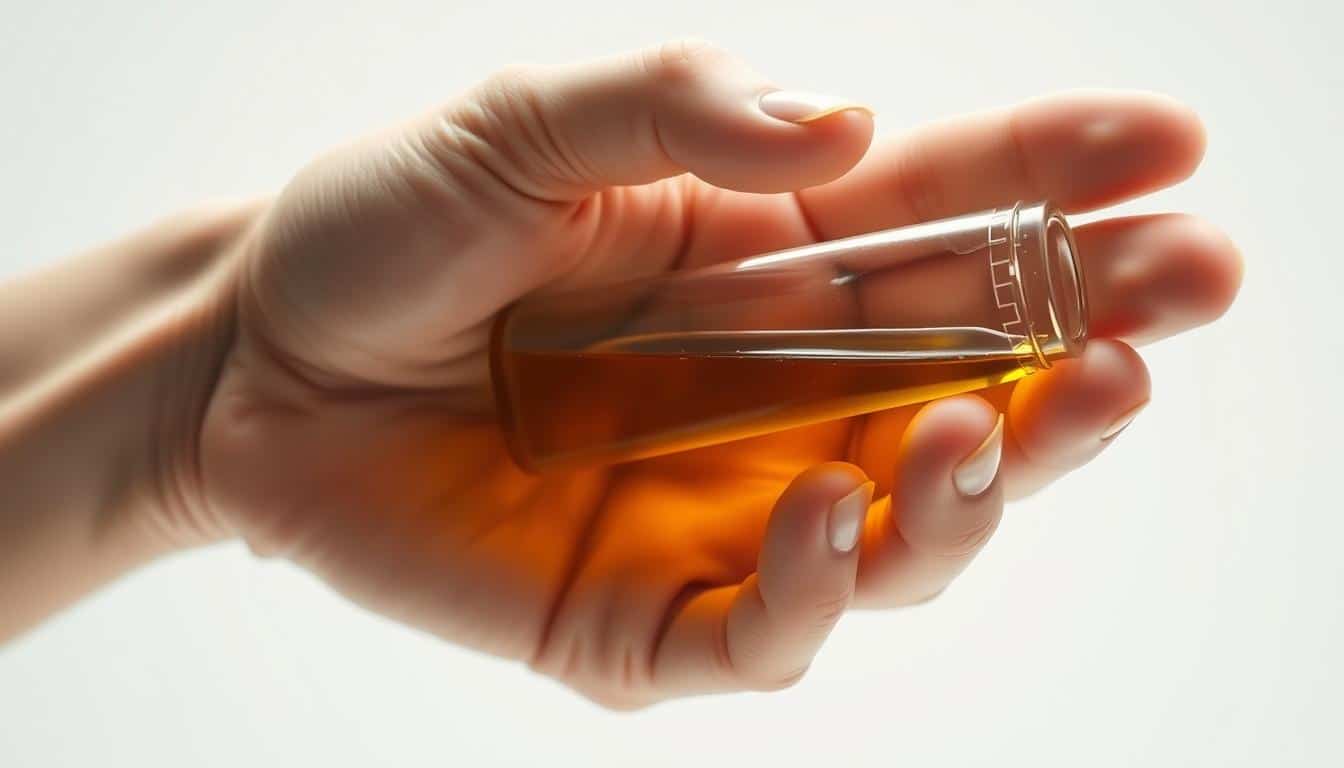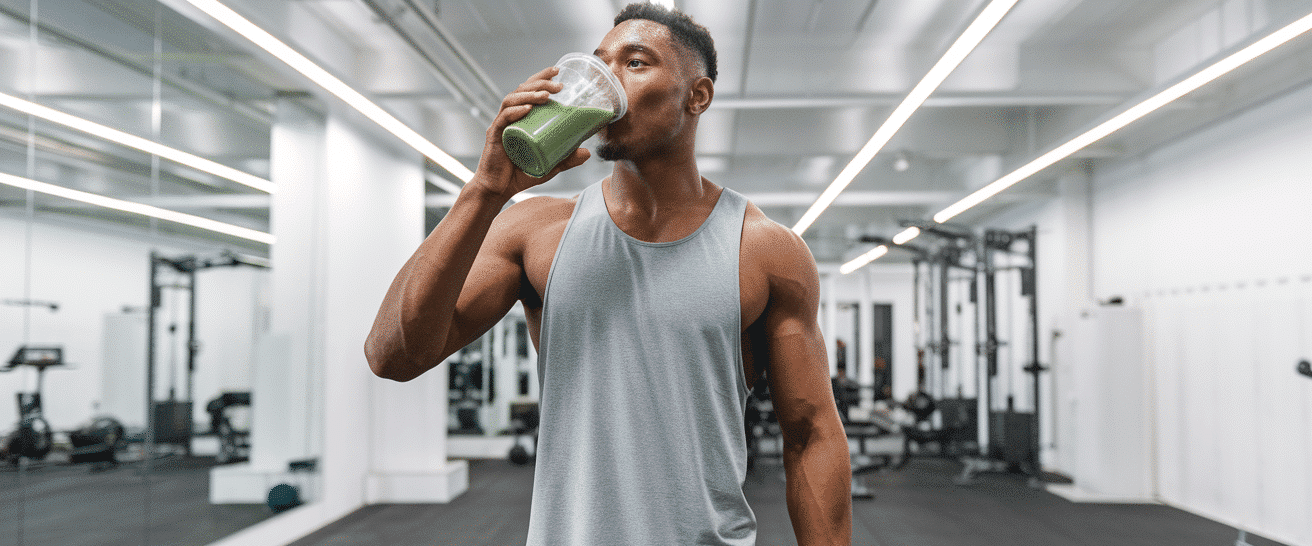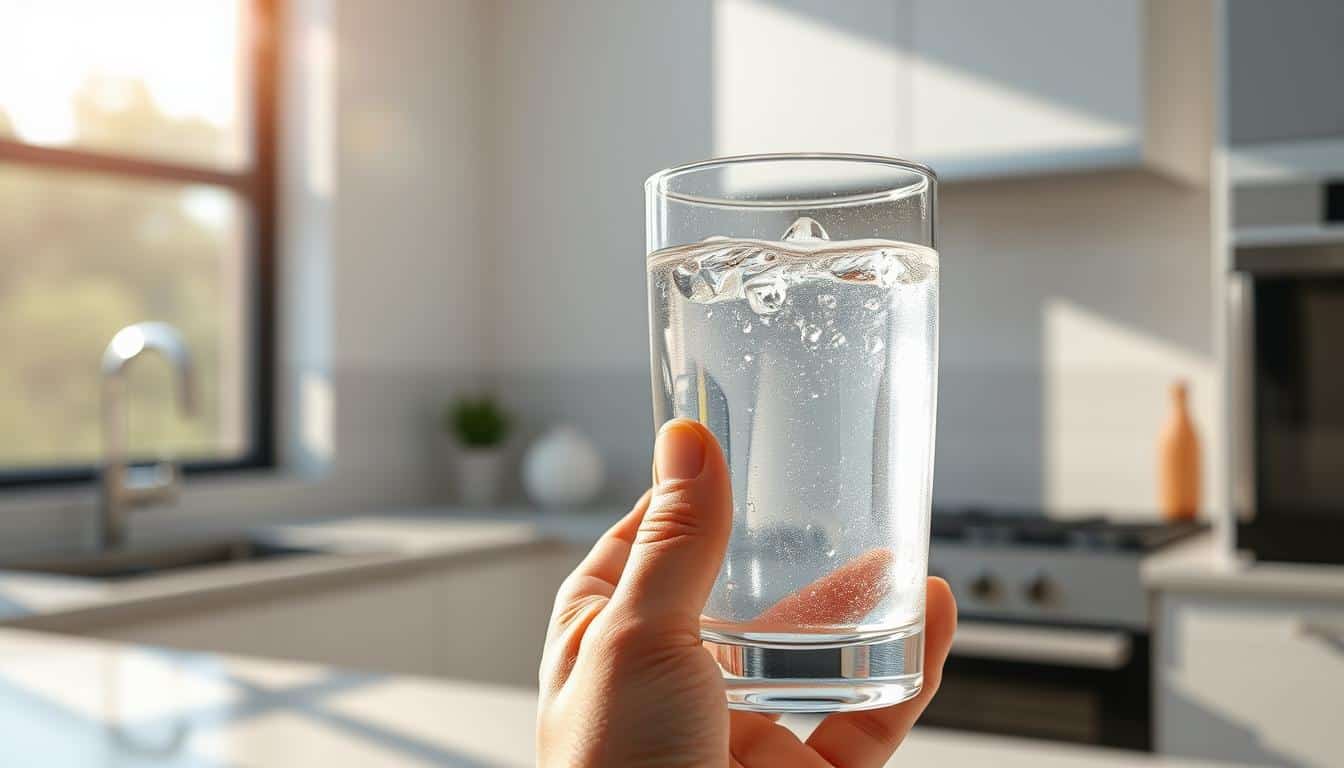You’ve just crushed an exhausting workout, but instead of feeling accomplished, your muscles ache and your energy’s gone. Sound familiar? That heavy, sluggish feeling isn’t just fatigue—it’s your body begging for the right fluids and minerals to recover. Many athletes don’t realize they lose up to 3 quarts of fluid per hour during endurance activities, along with critical nutrients like sodium and potassium.
I’ve watched countless gym-goers chug plain water post-workout, thinking they’ve solved the problem. But here’s the truth: water alone won’t restore what you’ve lost. Your cells need a precise balance of electrolytes to rebuild strength and prep for tomorrow’s session. Without it, you’re setting yourself up for slower recovery and weaker results.
This guide cuts through the confusion. You’ll learn exactly when to drink, what to consume, and how to tailor your routine for maximum impact. Let’s turn that post-exercise slump into your secret weapon for better performance.
Understanding Fluid Loss During Intense Exercise
Ever wonder why your mouth feels like sandpaper halfway through a long run? Your body works like a high-performance engine, and intense exercise pushes its cooling systems into overdrive. Let’s break down what happens when you push your limits.

Effects of Sweating on the Body
Sweat isn’t just water escaping your skin. It’s your built-in air conditioner. Every drop evaporating from your body pulls heat away, preventing dangerous overheating. But there’s a cost: you lose sodium, potassium, and other electrolytes critical for muscle function.
Light jogging might drain 2 quarts hourly. Tackle a marathon or mountain hike? That jumps to 3 quarts. Without replacement, you risk cramps, dizziness, or worse. I’ve seen cyclists bonk mid-ride because they ignored these losses.
How Activity Level Influences Fluid Loss
A yoga session in a cool studio won’t drain you like football practice in August. Gear matters too—helmets and pads trap heat, accelerating fluid loss. Your sweat rate depends on:
- Workout intensity (sprinting vs. walking)
- Environment (desert heat vs. indoor AC)
- Body size (larger athletes sweat more)
Football players often need specialized recovery drinks to match their extreme demands. Track your sweat patterns—weigh yourself pre/post workout—to personalize your strategy.
Recognizing Dehydration Signs and Symptoms
Your body sends clear distress signals when fluids dip too low—if you know how to read them. Missing these cues can leave you struggling through workouts or battling brain fog. Let’s decode what your system’s trying to tell you.

Physical Signals to Watch For
Thirst is a late-stage alert—your body’s already playing catch-up by the time you crave water. Early warnings include subtle muscle twinges or heavy legs that feel like concrete. Ever finish a run and suddenly get a headache? That’s fluid depletion talking.
As dehydration worsens, symptoms escalate:
- Dizziness when standing quickly
- Racing heartbeat during light activity
- Dry, sticky mouth or chapped lips
Changes in Urine Color and Output
Your toilet habits reveal more than you think. Healthy fluid levels produce urine the color of light hay. Dark yellow or amber? Your kidneys are conserving water because supplies are low.
Track these patterns:
- Fewer bathroom breaks than usual
- Smaller volume when you do go
- Strong odor indicating concentrated waste
I once coached a tennis player who ignored these signs—ended up sidelined with cramps. Don’t wait until you’re parched. Check your pee, listen to your muscles, and act fast.
Importance of Hydration for Performance
Ever felt like your muscles just won’t cooperate during a tough set? That sluggishness isn’t laziness—it’s your system begging for fuel. Proper fluid levels are the invisible coach helping you crush personal records and outlast competitors.
More Than Just Muscle Power
Water acts like oil for your joints, letting you pivot faster and push harder. Without it, movements feel stiff—like trying to sprint in wet jeans. I’ve watched basketball players lose their edge mid-game because they skipped their pre-game fluids.
Your heart works overtime during exercise, pumping blood to working muscles. Adequate fluids keep this vital muscle efficient, maintaining steady heart rate and body temperature. Even breathing relies on moisture—dry air irritates lungs, reducing oxygen uptake.
Here’s a game-changer: losing just 2% of your weight in fluids can slash reaction times. That’s like running a race with ankle weights. Marathoners and weightlifters alike perform better when they prioritize this simple habit.
Your brain suffers too. Foggy focus during drills? Dehydration shrinks brain tissue temporarily. Stay sharp by sipping consistently—not just when thirst strikes.
Essential Steps for hydration after intense training
Think your workout prep ends with stretching? Think again. Proper fluid management begins long before your first rep. Let’s break this down simply.
Fuel Up Before You Move
Two hours before exercise, drink 24 ounces of electrolyte-rich fluid. This gives your body time to absorb minerals without urgent bathroom breaks. I’ve seen runners chug water right before sprints—they end up sloshing mid-stride.
Kids need special attention. If their activity lasts over an hour, swap plain water for drinks with sodium and potassium. Adults exercising under 45 minutes? Water works fine. But push longer, and you’ll crave those extra nutrients.
Smart Sipping While Moving
During exercise, treat fluids like timed pit stops. Aim for 200-300ml every 15 minutes—about four big gulps. Waiting for thirst is like ignoring a gas light; you’ll sputter before reaching goals.
Hot weather or heavy gear? Increase intake slightly. Track progress by weighing before/after sessions. Lost a pound? Drink 16oz extra next time. It’s not complicated—just consistent.
Remember: Your needs change faster than weather. Adjust based on sweat levels, exercise type, and how you feel. Nail this balance, and you’ll power through workouts like a pro.
Choosing the Right Fluids for Recovery
What you drink post-workout can make or break your recovery—here’s how to choose wisely. While water works for light sessions, tougher efforts demand smarter solutions. Let’s explore options that do more than just quench thirst.
Water vs Enhanced Options
Plain water is your foundation, perfect for quick top-ups. But after sweating buckets, it’s like using duct tape on a leaky pipe—temporary at best. Chugging too much dilutes electrolytes, leaving muscles twitchy and weak. I’ve seen runners guzzle water only to cramp minutes later.
Try blending water with snacks. Watermelon slices or pineapple chunks add natural sugars and vitamins. Chocolate milk? Surprisingly effective—its mix of protein and carbs repairs muscles faster than plain H₂O. Sports drinks shine during hour-long sessions, replacing what sweat steals.
For a DIY boost, infuse water with citrus and a pinch of salt. You’ll get electrolytes without sugary additives. Remember: your needs change daily. Track energy levels and adjust. Found a combo that keeps you bouncing back? Stick with it—consistency beats fancy trends every time.
Understanding Sports Drinks and Their Types
Not all sports drinks work the same way—pick wrong, and you might sabotage your recovery. These beverages balance carbohydrates and minerals to match your body’s needs. Let’s decode the science behind the labels.
Isotonic, Hypotonic, and Hypertonic Formulations
Isotonic drinks mirror your blood’s natural concentration. They contain 6-8% carbs and electrolytes like sodium—perfect for replacing what sweat steals during 45-minute sessions. Most store-bought options fall here.
Hypotonic versions have fewer carbs and minerals. Use these when you need fast fluid absorption without extra energy. Think yoga or short walks where quick hydration matters more than fuel.
Hypertonic formulas pack more carbs and electrolytes than blood levels. Ultra-marathoners and triathletes rely on these during 3+ hour efforts. They replenish energy stores while maintaining mineral balance.
Choose based on your effort:
- Isotonic: Soccer games, spin classes
- Hypotonic: Light jogs, mobility drills
- Hypertonic: Ironman races, all-day hikes
Your sweat rate and workout length determine what works best. Match the drink to the demand—your muscles will thank you.
Incorporating Electrolytes into Your Rehydration Plan
Think electrolytes are just for marathon runners? These minerals do more than fuel long races—they’re your body’s backstage crew, keeping systems running smoothly. When you sweat, you lose sodium, potassium, and magnesium faster than you can say “water break.”
Role of Salt and Minerals
Salt isn’t the enemy—it’s a key player. Sodium helps your body hold onto fluids and sends nerve signals that make muscles fire. Without enough, your cells can’t balance water properly. A pinch in your post-workout snack makes a difference.
Benefits During and After Exercise
Ever finish a workout feeling shaky? Electrolytes stabilize your blood volume, letting oxygen reach muscles efficiently. They also prevent that “heavy legs” feeling by supporting muscle repair. I once saw a runner skip electrolytes—she couldn’t finish her next session.
Keep it simple: mix a salty snack with water, or try coconut water for natural minerals. Your cells will thank you!


